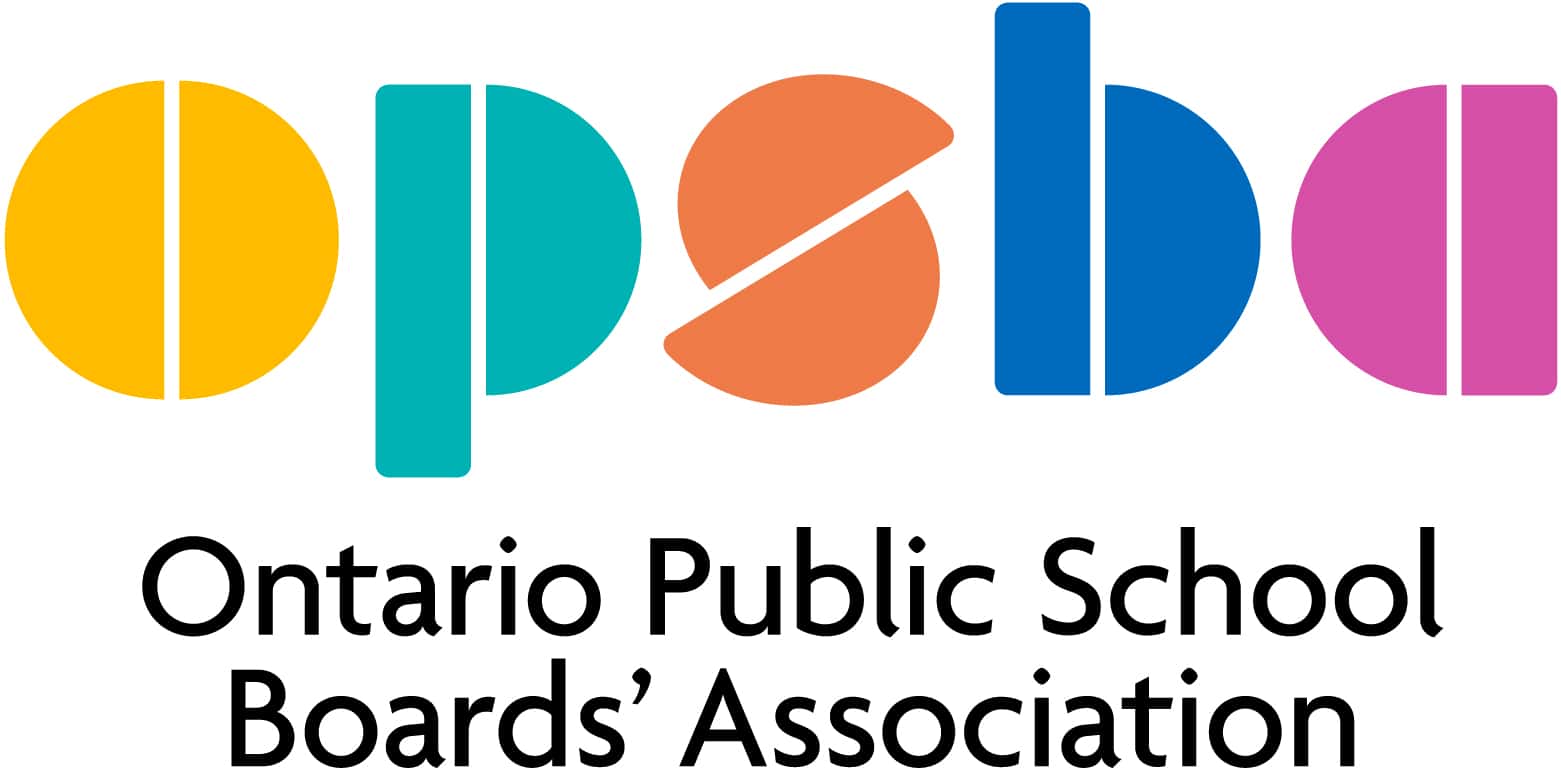Durham District School Board
Indigenous Literature Comes to Life in English Classes
By Charles Senior
Studying English at the Durham District School Board (DDSB) is changing for the better. New authors and books are included from new perspectives with stories reflecting a wider variety of cultures.
Two high school teachers decided to take on the challenge of infusing new authors and books into their Grade 11 University level English unit and plan a purely Indigenous Literature course as a pilot project. This initiative aligns with DDSB Director of Education Lisa Millar’s focus on ensuring that the books chosen for English classes are culturally responsive to the students who read them.
English teachers Jada Temple and Jennifer Henderson are engaging their students with literature and artwork by Indigenous authors and artists.
“My students have been very enthusiastic because it’s a novel experience for them,” says Henry Street High School teacher Henderson, who co-planned the curriculum with Temple.
“It’s not something they have experienced, its groundbreaking work that hasn’t been done anywhere else in the DDSB. We see shifts in learning as we’re in the infancy stage of trying to teach about the truth of Indigenous people and the experiences that have happened in Canada.
“As a summer project, both my colleague and I from J. Clarke Richardson decided to plan a purely Indigenous Literature course. All of the work to be studied would be from First Nation, Metis or Inuit perspectives. We thought there were gaps in our students’ learning with regards to Indigenous Studies and we wanted something fresh and meaningful,” says Henderson.
At J. Clarke Richardson Collegiate in Ajax, teacher Jada Temple says the students in her English class have also been studying various forms of literature and media through an Indigenous lens.
 Photo Credit: Courtesy of Durham DSB |
“When available, we give students the opportunity to speak with an author they are studying within their literature circles. Additionally, students have the opportunity to ask questions about the novel as well as issues surrounding the book they are currently reading,” says Temple, who recently hosted a Skype discussion session for students in her class with the author of Birdie, Tracey Lindberg.
J. Clarke Richardson student, Mursal Babar, was blown away by the opportunity to speak directly with his novel’s author. “She was the first Indigenous woman from Canada to complete her graduate law degree from Harvard University. She was sweet and open-minded. I really loved it because she gave us a lot of information and knowledge about her book ‘Birdie’ and about Indigenous people and culture. I also liked that she spoke about herself and her personal experiences,” said Babar.
The students at both schools are finding the material engaging and informative and have taken advantage of their opportunities to connect.
 Photo Credit: Courtesy of Durham DSB |
Students from both Henry Street HS and J. Clarke Richardson Collegiate were happy to similarly meet artist Jay Soule, of Chippewar, to help consolidate their learning on Indigenous art. Soule attended classes at both schools guiding students through their Indigenous inspired art projects exploring Canadian themes.
Both Temple and Henderson say they are equally passionate about social justice issues so this venture involving Indigenous Literature connected well. The teachers say they want new voices to be heard, which traditionally haven’t been part of the curriculum. They want to focus on the power of storytelling and how that shapes identity, not only for their students, but the cultures within their classrooms.
The Indigenous Literature course pilot project is in partnership with the DDSB Indigenous Education Department.
| Previous Article | Next Article |

